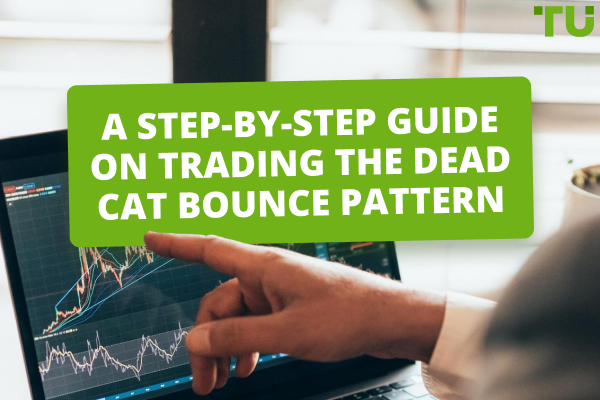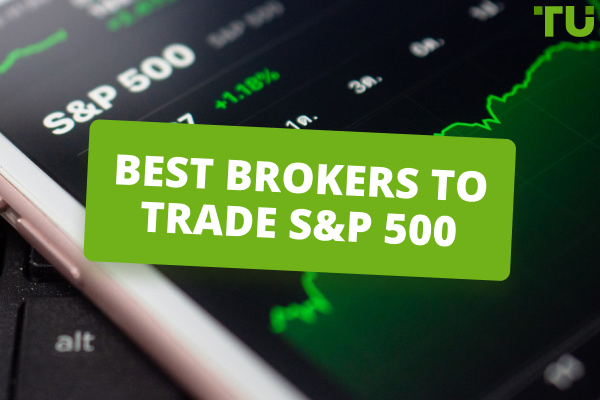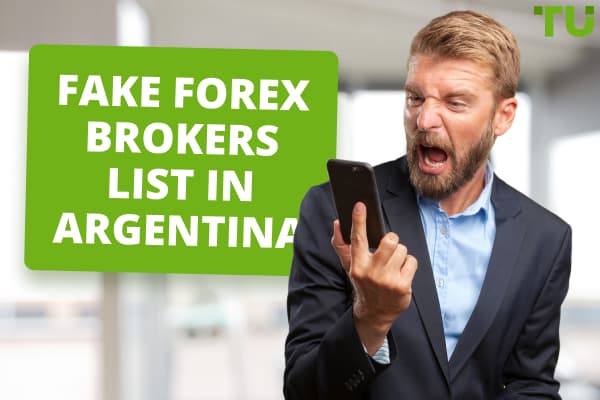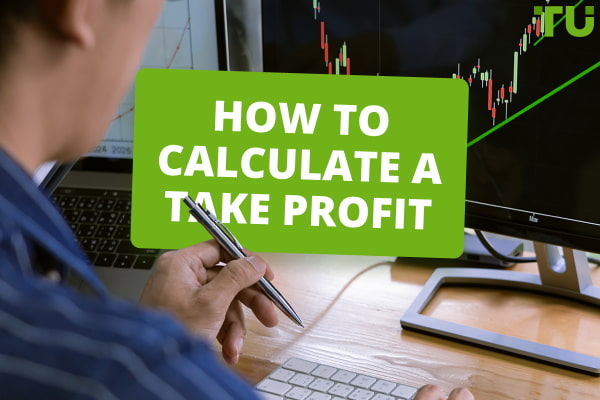Do Brokers Really Hunt Down Client Stop Loss Orders?
The practice of brokers intentionally hunting stop losses remains a subject of debate. Numerous traders claim that certain brokers deliberately trigger stop losses for their gain. Still, it's essential to recognize that market volatility, liquidity zones, and news events can often lead to legitimate stop loss hits. Protecting your trades through sound risk management and choosing reputable brokers is mandatory.
Stop loss orders are a common risk management technique in trading. Stop losses automatically close out positions to control losses when a specific price is reached. However, some traders accuse brokers of tracking client stop losses and deliberately triggering them to profit. We'll explore the mechanisms behind this phenomenon, the role of brokers, and how traders can safeguard their positions.
What is stop loss hunting?
Stop loss hunting is a term that has gained notoriety among retail traders. It refers to the alleged practice of brokers manipulating the market to trigger their clients' stop loss orders intentionally. The concept is rooted in the idea that some brokers may have a vested interest in causing traders to exit their positions prematurely, which can generate revenue for the broker.
The notion of stop loss hunting can be particularly concerning to traders because it undermines the trust and transparency necessary for a fair and open trading environment. But is there any truth to these allegations, or are they merely unfounded suspicions?
Let's explore the origins of stop loss hunting and why it's a topic of interest among traders.
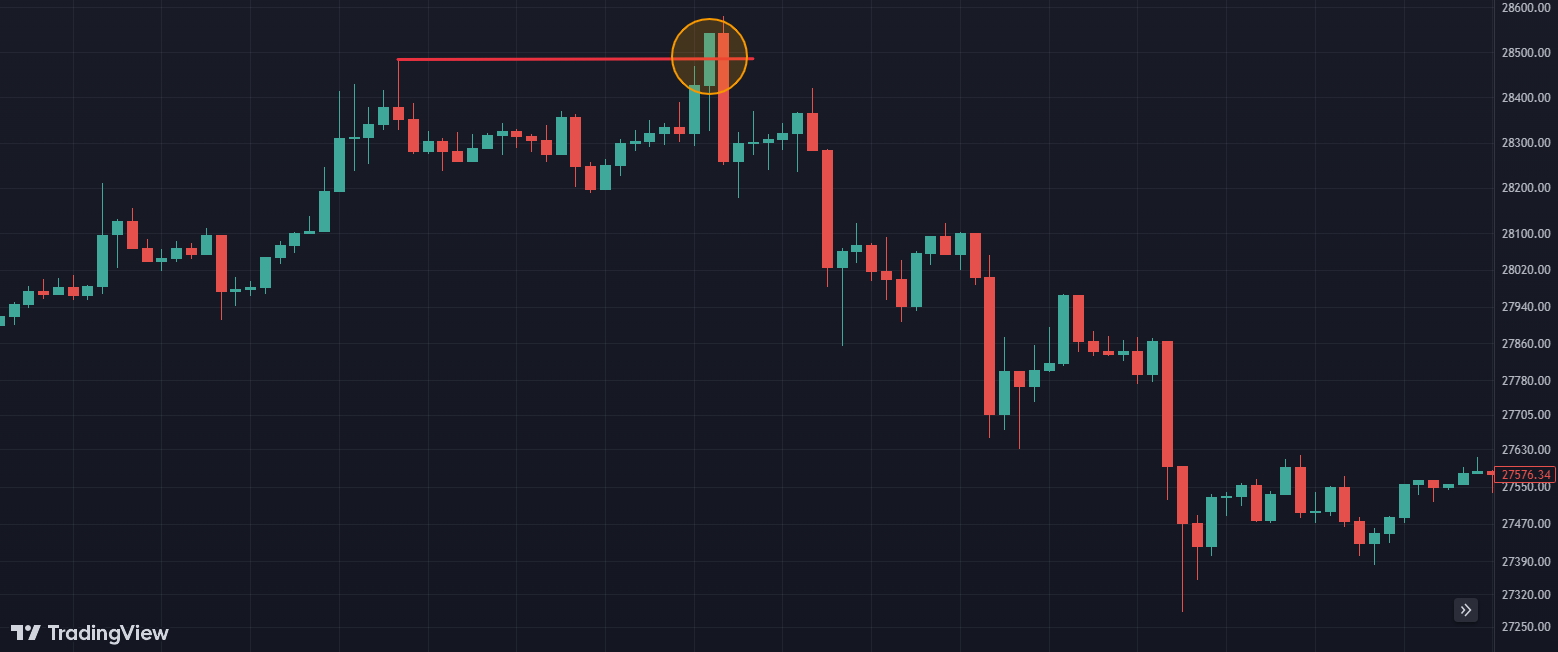
Bitcoin (BTC) Stop Hunt Example
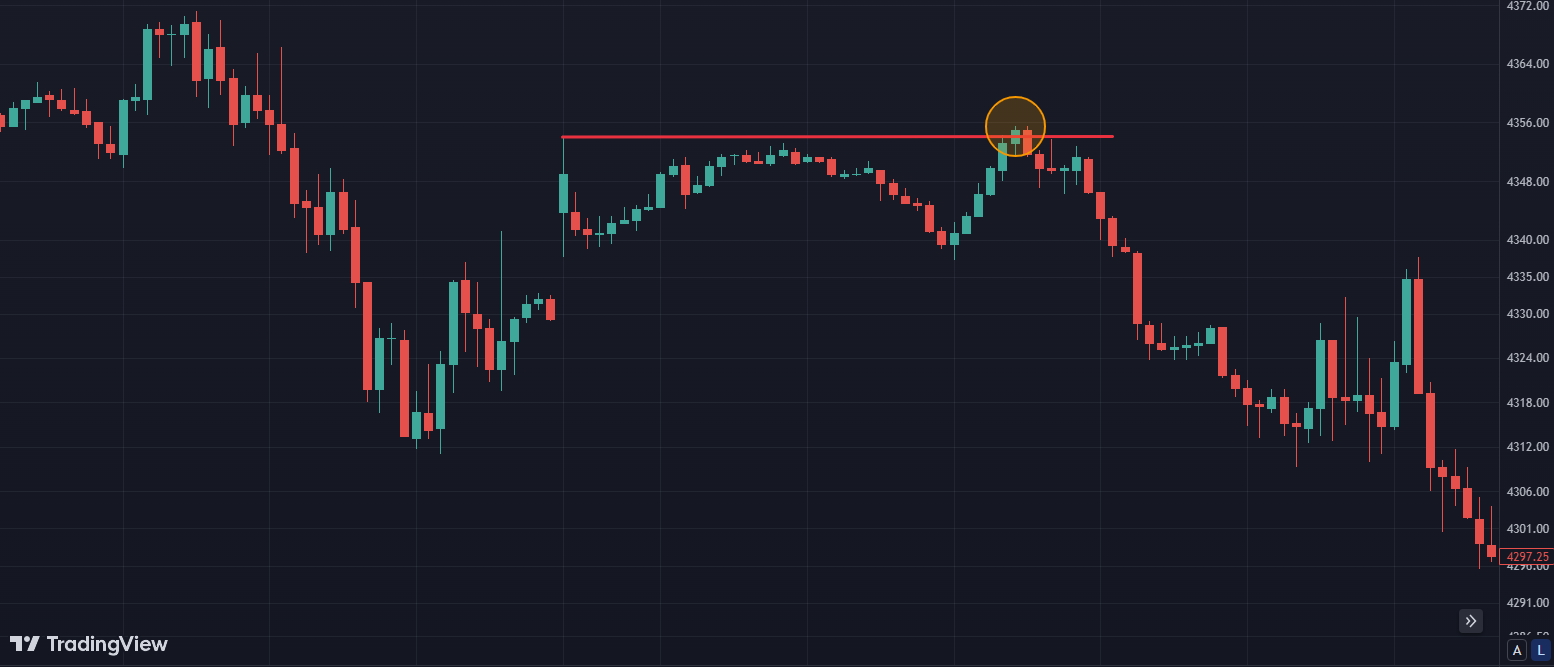
E-mini S&P 500 Futures Stop Hunt Example
Stop loss hunting may seem modern, but it is rooted in traditional financial markets. It's not uncommon for markets to experience sudden price fluctuations, which can trigger stop loss orders. Sometimes, this is entirely due to natural market dynamics, driven by factors like supply and demand imbalances, economic news releases, or significant geopolitical events.
In the past, traders might have experienced stop loss order execution due to market volatility or liquidity imbalances, but the concept of brokers deliberately triggering them has intensified concerns. A lack of transparency in the broker-client relationship partly fuels these concerns.
To better understand the concept of stop loss hunting, it's essential to consider the role of brokers in the trading process.
The role of brokers in stop loss hunting
Brokers are pivotal in connecting retail traders to the global financial markets. They provide trading platforms, order execution services, and access to various financial instruments. However, not all brokers are the same, and the distinction between regulated and unregulated brokers can significantly impact your experience.
For instance, regulated brokers operate under the scrutiny of financial regulatory bodies in their respective jurisdictions. These regulatory authorities impose strict guidelines and rules to safeguard traders' interests. Regulated brokers are generally held to higher standards of transparency and ethical conduct. The order flow with regulated brokers is typically subject to greater oversight, ensuring client trades are executed relatively and without manipulation.
On the other hand, unregulated brokers, often located in offshore jurisdictions, operate without the same level of regulatory scrutiny. This lack of regulation creates an environment where unethical practices may be more prevalent, including the alleged practice of stop loss hunting. While not all unregulated brokers engage in such activities, the absence of oversight increases the risk of unethical behavior. Because of this, trading with an unregulated broker can potentially expose you to risks associated with stop loss hunting.
Market conditions and stop loss triggers
Market conditions and various factors, often involving a combination of market volatility, liquidity zones, and news-driven events, can trigger stop losses. Understanding how these elements come into play is essential.
Market Volatility
Market volatility is a natural feature of trading, and it refers to the degree of price fluctuation within a market. A wide range of factors, including economic data releases, geopolitical events, and shifts in market sentiment may cause volatility. When market volatility surges, it leads to rapid price movements, which, in turn, can trigger stop loss orders. These price fluctuations aren't necessarily the result of manipulation but are driven by market participants' collective actions and reactions. Traders should know that high volatility increases the likelihood of stop loss execution. It's imperative to adapt your trading strategy to suit these conditions, and this is where using volatility-based stop levels becomes crucial.
Liquidity Zones
Liquidity zones play another significant role in market dynamics and can impact stop loss orders. These zones are specific price levels where prominent market participants, including institutions, hedge funds, and significant traders, typically place their orders. When the market approaches these levels, it can lead to substantial price swings, which, in turn, can trigger stop loss orders. Traders unaware of these liquidity zones may find their stop losses occurring when prices reach these levels. Proper market analysis and understanding of where these liquidity zones exist are essential for traders to avoid unnecessary stop loss hits. By recognizing the significance of liquidity zones, traders can make more informed decisions about where to place their stop losses and how to manage their risk effectively.
News-driven events
News-driven events, such as earnings reports or geopolitical developments, can create sharp and sudden price movements in the market. These events can result in increased volatility, which may trigger stop losses. Using economic calendars and staying current on upcoming events can help traders take a more informed approach to managing their trades during news-driven events. This includes preparing to widen stop loss levels to accommodate potential volatility and using pending orders to enter or exit positions more effectively.
Protecting your trades from potential stop loss hunting
Safeguarding your trades from potential stop loss hunting is crucial for ensuring a fair trading experience. Here are several strategies and tips that you can employ to protect your positions and minimize the risk of falling victim to this practice:
Choose Reputable Brokers
Selecting a broker with a solid reputation is one of the most fundamental steps in protecting your trades. Opt for regulated brokers that are under the oversight of recognized financial regulatory authorities. Regulatory oversight imposes strict guidelines on brokers, emphasizing transparency. These brokers are more likely to provide a secure and transparent trading environment. Research your broker thoroughly and consider regulatory status and client reviews.
Use Volatility-Based Stops
Adapting your stop loss levels to the prevailing market conditions is an essential trading strategy. Utilizing volatility-based stops can help you set more appropriate stop loss orders less susceptible to regular price action. Volatility indicators, like the Average True Range (ATR), can assist in determining suitable stop levels for different market conditions. ATR measures market volatility and can provide insights into the level at which stop loss orders should be placed. This approach helps traders adjust their risk management per current market dynamics.
Avoid Round Numbers for Stops
Traders often set stop loss orders at round numbers or easily recognizable price levels. Unfortunately, this predictability can make your stops more susceptible to being targeted in a potential stop loss hunting scenario. Consider setting your stop loss orders at non-standard levels to mitigate this risk. Doing so reduces the likelihood of triggering your stops merely because they are conveniently located at common price points.
Best Forex brokers


FAQs
Is stop loss hunting illegal?
Stop loss hunting is generally not illegal when it involves natural market movements. Regulatory guidelines distinguish between genuine market activity and market manipulation, where brokers intentionally manipulate prices to trigger stop losses for their gain.
How can I differentiate between a genuine market move and a potential stop-loss hunt?
It's crucial to utilize indicators, and understand the market depth to differentiate between a genuine market move and potential stop loss hunting. By closely observing price charts, volume patterns, and liquidity levels, you can gain insights into whether a price move is driven by normal market dynamics or potentially manipulative actions.
Do all brokers engage in stop loss hunting?
Not all brokers engage in stop loss hunting. The distinction lies in the broker's credibility and ethical practices. Reputable, regulated brokers are subject to strict oversight and are less likely to engage in unethical practices like stop loss hunting. In contrast, unregulated or questionable brokers may present a higher risk of engaging in such activities.
How can I protect my trades during periods of high volatility?
One approach is setting more comprehensive stop losses to account for increased price fluctuations. Pending orders can also help, allowing for precise entry and exit points. Additionally, staying informed about market news is crucial for safeguarding your trades.
Glossary for novice traders
-
1
Broker
A broker is a legal entity or individual that performs as an intermediary when making trades in the financial markets. Private investors cannot trade without a broker, since only brokers can execute trades on the exchanges.
-
2
Stop loss hunting
Stop loss hunting is an unethical strategy used by notorious traders to gain from the market at the cost of retail traders. They achieve this by driving the asset's price to a point where most traders have set their stop losses.
-
3
Volatility
Volatility refers to the degree of variation or fluctuation in the price or value of a financial asset, such as stocks, bonds, or cryptocurrencies, over a period of time. Higher volatility indicates that an asset's price is experiencing more significant and rapid price swings, while lower volatility suggests relatively stable and gradual price movements.
-
4
Trading
Trading involves the act of buying and selling financial assets like stocks, currencies, or commodities with the intention of profiting from market price fluctuations. Traders employ various strategies, analysis techniques, and risk management practices to make informed decisions and optimize their chances of success in the financial markets.
-
5
Risk Management
Risk management is a risk management model that involves controlling potential losses while maximizing profits. The main risk management tools are stop loss, take profit, calculation of position volume taking into account leverage and pip value.
Team that worked on the article
Milko Trajcevski is a truly determined content writer with a passion for the crypto industry. He has a successful track record of researching and effectively writing articles about cryptocurrency, non-fungible tokens, and blockchain covering the fields of crypto-asset regulations, wallets and exchanges, liquidity, altcoins, DApps, forks, mining, laddering, security and enterprise blockchain technology.
Milko focuses on contributing fresh and interesting articles to the Traders Union website, with expertise within the crypto-writing space, and a dedication to service.
Dr. BJ Johnson is a PhD in English Language and an editor with over 15 years of experience. He earned his degree in English Language in the U.S and the UK. In 2020, Dr. Johnson joined the Traders Union team. Since then, he has created over 100 exclusive articles and edited over 300 articles of other authors.
Mirjan Hipolito is a journalist and news editor at Traders Union. She is an expert crypto writer with five years of experience in the financial markets. Her specialties are daily market news, price predictions, and Initial Coin Offerings (ICO).

